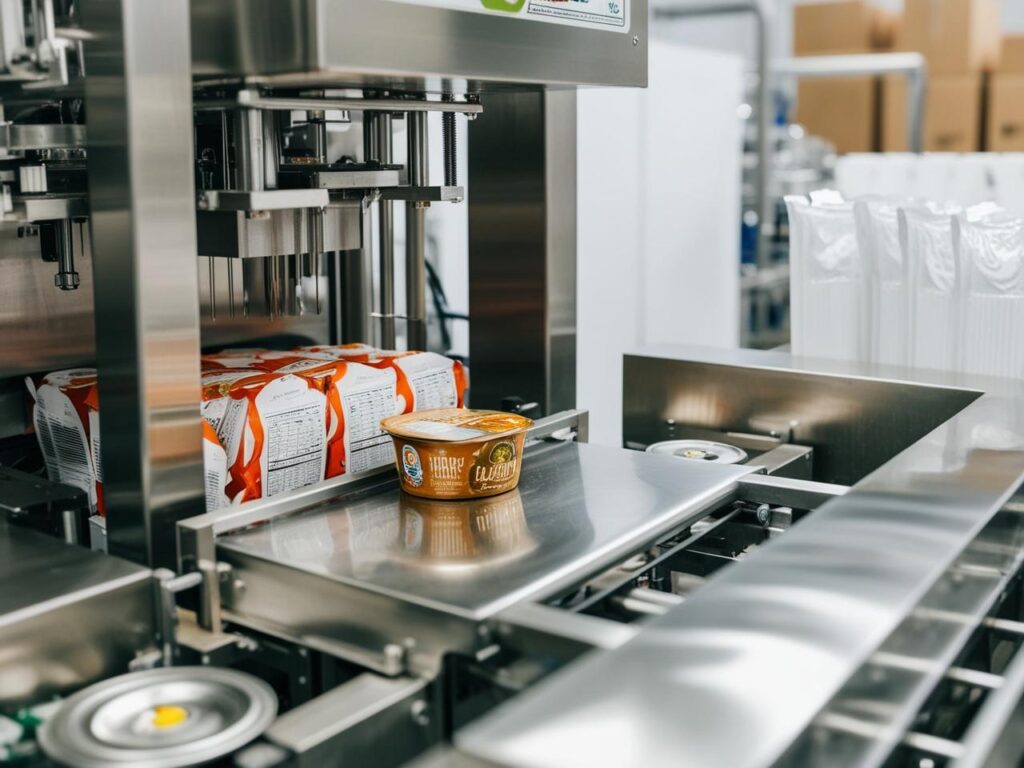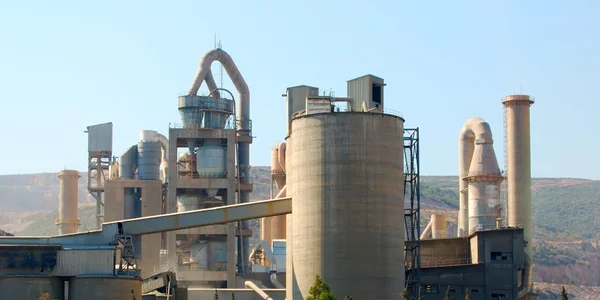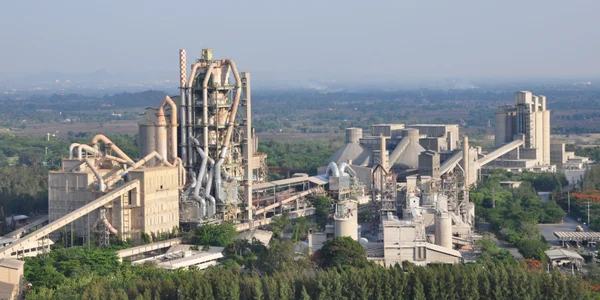Офиси
СЕДАЛИЩЕ

Германия
- Интензивен филтър Himenviro Technologies GmbH
Neustraße 45 - 49, 42553, Velbert, Deutschland/Германия - +49 20534200990
РЕГИОНАЛЕН ОФИС

Великобритания
- Интензивен филтър Himenviro UK Limited
47, Bath Street WS13BX, Wallsall West Midlands, Великобритания - +44 1922 628893
РЕГИОНАЛЕН ОФИС

Обединени арабски емирства
- Интензивен филтър Himenviro Technologies FZE – LLC
Бизнес център, Sharjah Publishing City Free Zone, Sharjah, ОАЕ - +971-556074697
РЕГИОНАЛЕН ОФИС

Индия
- Интензивен филтър Himenviro Private Limited
D-247/11, сектор-63, Noida - 201301, Утар Прадеш, Индия - +91-120-4642-500
РЕГИОНАЛЕН ОФИС

Индия
- Интензивен филтър Himenviro Private Limited
D-247/11, сектор-63, Noida - 201301, Утар Прадеш, Индия - +91-120-4642-500
РЕГИОНАЛЕН ОФИС

Индия
- Интензивен филтър Himenviro Private Limited
D-247/11, сектор-63, Noida - 201301, Утар Прадеш, Индия - +91-120-4642-500
Решения за филтриране на въздух и прах в хранително-вкусовата промишленост
Хранително-вкусовата промишленост е сложен и силно регулиран сектор, който разчита на прецизни процеси и строги хигиенни стандарти. Един от критичните аспекти на поддържането на тези стандарти е ефективният контрол на праха. Процеси като обработка на зърно, смесване, блендиране и опаковане генерират фини прахови частици, които могат да замърсят продуктите, да представляват риск за здравето на работниците и да създадат потенциални опасности от експлозия.
За да се справим с тези предизвикателства, ние предлагаме усъвършенствани филтрационни решения специално проектирани за хранително-вкусовата промишленост. Нашите системи са проектирани да улавят и отстраняват прахови частици, осигурявайки чистота на продукта, безопасност на работниците и съответствие с нормативните изисквания.
Процес на филтриране на прах в хранително-вкусовата промишленост
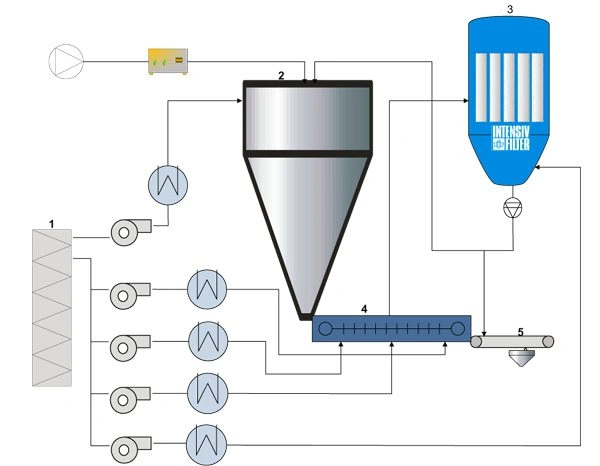
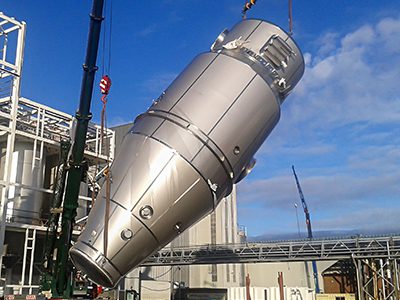
- 1. Външен филтър
- 2. Спрей сушилня
- 3. CIP филтър
- 4. Външен кипящ слой
- 5. Пълнеж
Необходима спецификация за CIP филтъра
Типични проектни данни | CIP филтър |
|---|---|
Обем на газа | < 230 000 м³/ч |
Температура на газа | 80-90°C |
Вид прах | Сухи млечни продукти |
Съдържание на остатъчен прах | < 10 г/м³ |
Съдържание на прах от необработен газ | 20 мг/м³ |
Почистване | Он-лайн |
Филтърна среда | Полиестер |
Дизайн с класификация на експлозия | да |
Сорбент |
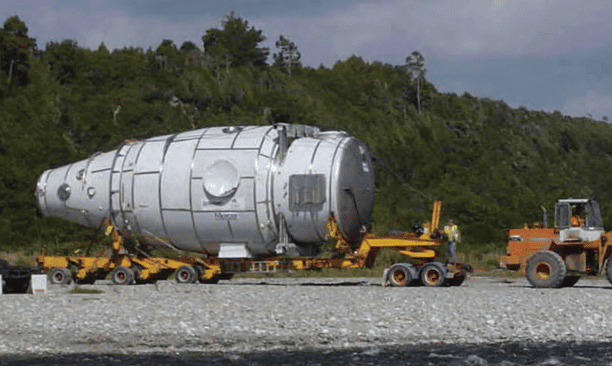
Приложение на нашите продукти за хранително-вкусовата промишленост

Улавяне на прах, генериран по време на прехвърлянето на насипни материали, като зърна, прахове и люспи.
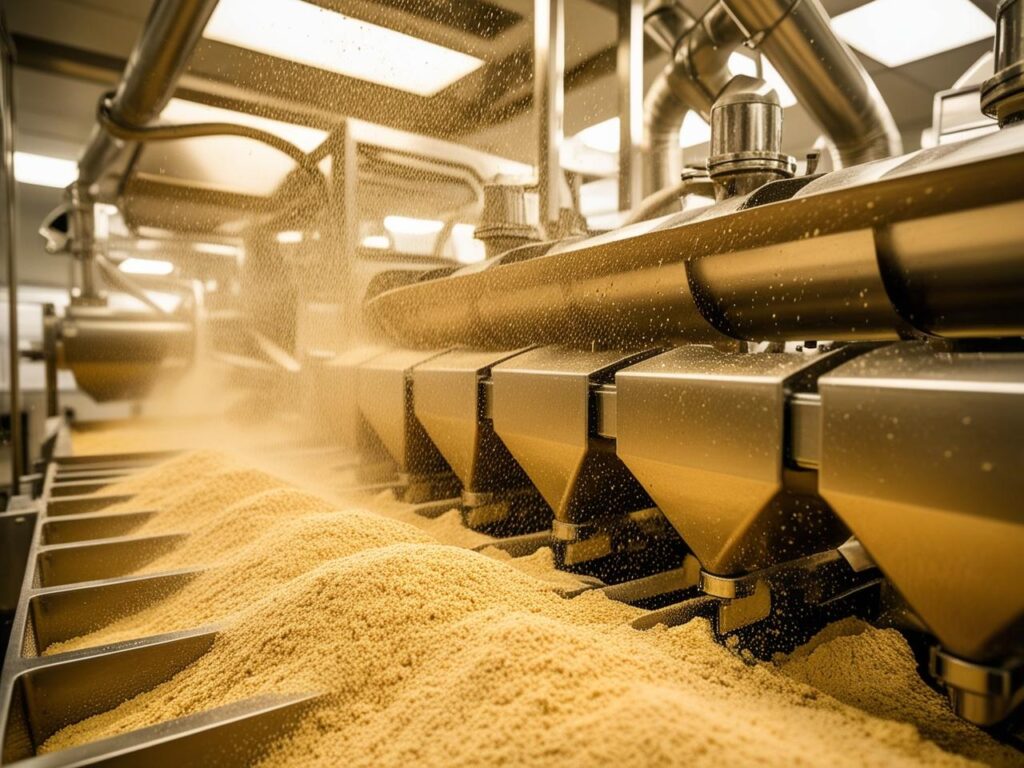
Контролирайте емисиите на прах от високоенергийни процеси като смилане, шлифоване и пулверизиране.
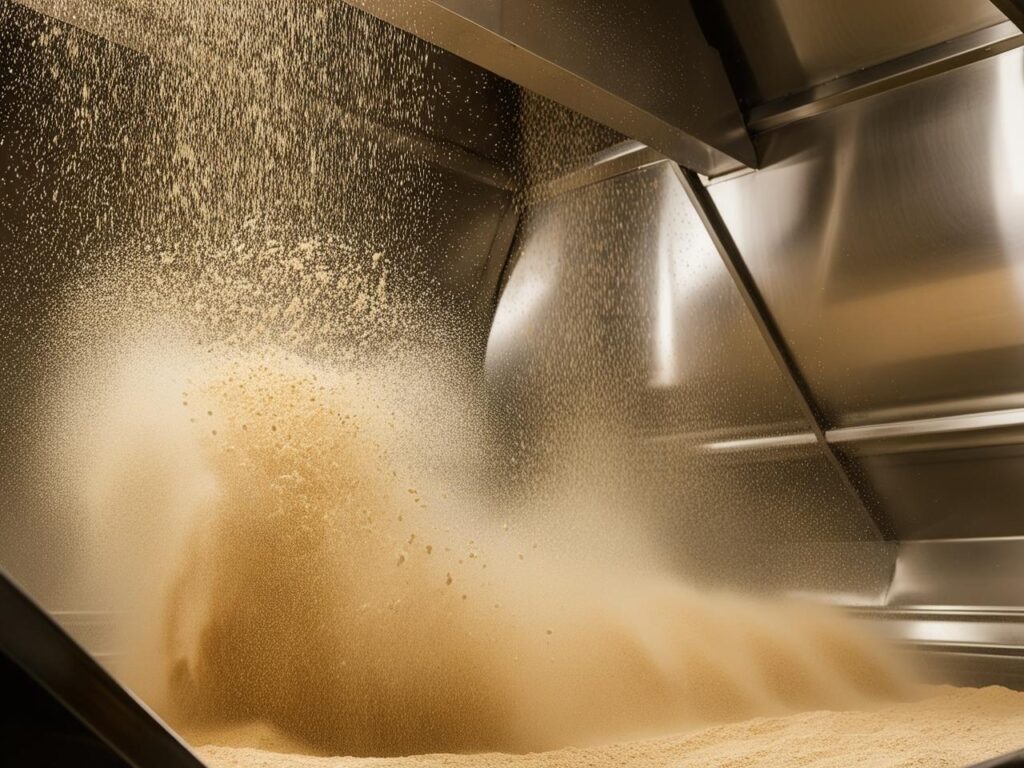
Регулаторен пейзаж за контрол на праха |
|---|
Правилник за безопасност на храните |
Спазване на стандартите на FDA и USDA |
Здраве и безопасност на работниците |
Съответствие с разпоредбите на OSHA |
Предотвратяване на пожари и експлозии |
Прилагане на стандартите на NFPA |
Опазване на околната среда |
Качество и постоянство на продукта |
Намалени разходи за престой и поддръжка |
Предизвикателства при контрола на праха |
|---|
Замърсяване на продукта |
Рискове за здравето на работниците |
Опасности от пожар и експлозия |
Съответствие с нормативната уредба |
Кръстосано замърсяване |
Микробен растеж |
Спазване на строги правила за безопасност на храните |
Намалено качество на продукта |
Повреда на оборудването |
Ключови съображения за ефективен контрол на праха |
|---|
Приложете ефективно улавяне на прах |
Осигурете правилен въздушен поток и налягане |
Сухи млечни продукти |
Използвайте високоефективни филтриращи системи |
Редовна поддръжка и инспекция |
Спазвайте индустриалните стандарти |
Редовно оценявайте системата за контрол на праха |
Специфични за процеса съображения |
Оценка и смекчаване на риска |
Свържете се с нас за експертна консултация
Разгледайте другите ни услуги!
Често задавани въпроси
В хранително-вкусовата промишленост, често срещаните филтрационни системи включват мембранни филтри (като микрофилтрация, ултрафилтрация, нанофилтрация и обратна осмоза), дълбочинни филтри, филтри с активен въглен и ултравиолетови (UV) светлинни системи. Тези технологии се използват за отстраняване на физични, химични и биологични замърсители, като по този начин се гарантира чистотата и безопасността на продукта.
Системите за филтриране осигуряват съответствие със стандартите за безопасност на храните, като ефективно премахват замърсителите, включително микроорганизми, частици и химически остатъци, от суровините и продуктите. Този процес на пречистване помага за спазване на регулаторните изисквания и поддържа високи стандарти за качество на крайните хранителни продукти.
Филтрационните системи поддържат качеството и консистентността на продукта, като премахват нежелани частици, микроорганизми и други замърсители от съставките и крайните продукти. Това гарантира, че всяка партида отговаря на желаните стандарти за чистота и качество, което води до еднаквост във вкуса, външния вид и безопасността на всички продукти.
